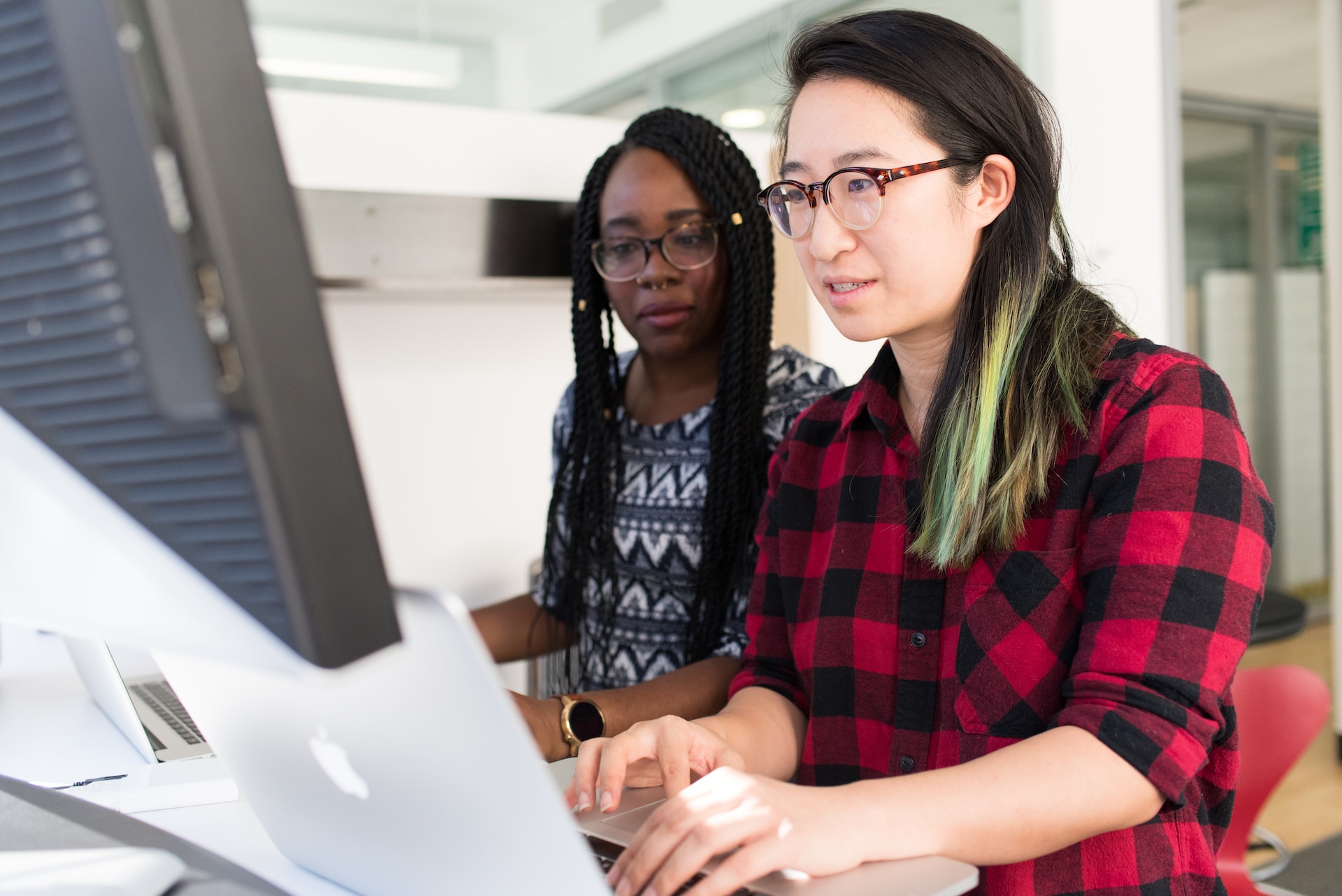
This is the third blog post in a series of excerpts from Jodi Asbell-Clarke’s book, Reaching and Teaching Neurodivergent Learners: Strategies for Embracing Uniquely Talented Problem Solvers. It introduces Dr. Sara Seager, neurodivergent MIT professor.

Teon Edwards, PI of Broadening Participation in Informal STEM Learning for Autistic Learners and Others through Virtual Reality, describes an answer to the question “What does neurodiversity look like?” It focuses on “look”, or visual, aspects of a project co-designing a virtual reality game.

A quick introduction to the benefits of neurodiversity in the STEM workforce, including hiring practices and stigmas faced by job seekers.

This post advocates for including neurodivergent students when teaching STEM education. Neurodiversity recognizes brain differences and emphasizes assets over deficits.
